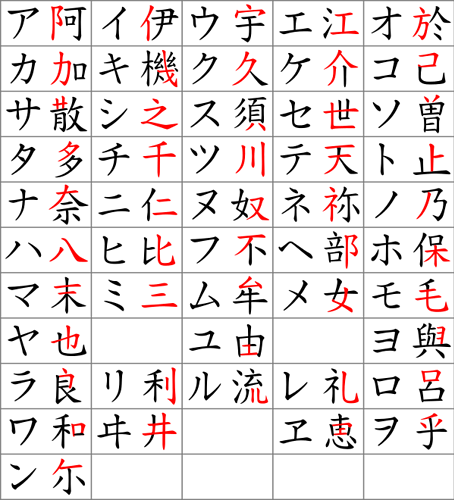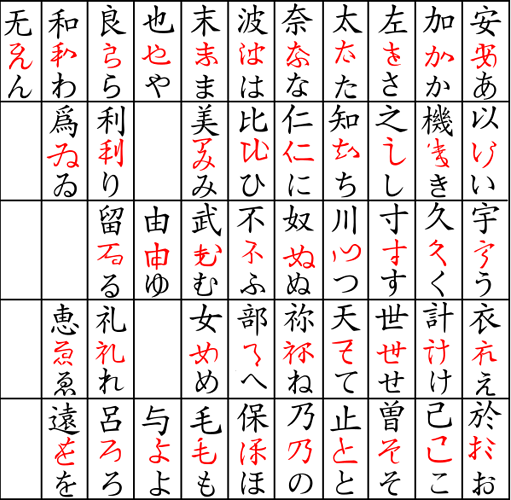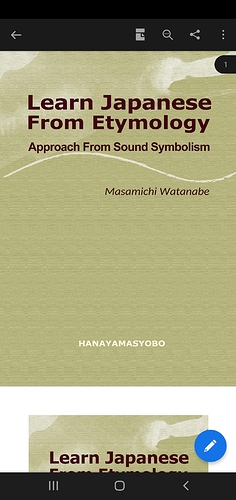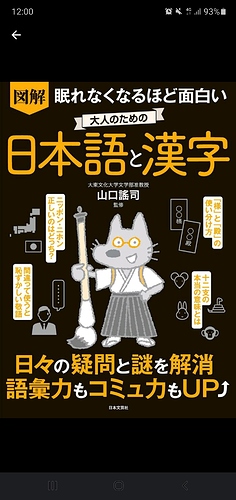Ahhh I see, to be honest I usually do this myself. But I do the same thing with actual singular kanji, not just grammar points. For example I will make sure I know many words that a kanji is used for before I assign an English meaning to it. The Heisig methods biggest flaw is that it is determined to assign a ‘single word’ to the vast majority of kanji. This makes many of them confusing when they aren’t.
In English we use phrasal verbs for soooo many things, but Heisig never uses these for some reason. Phrasal verbs are things like ‘give up’, ‘take down’, ‘hand out’, verbs that require 2 (or more) words for their meaning. Many kanji have meanings that match 1 to 1 with phrasal verbs, so it makes learning them so much easier. The usual example I give is 謝. According to Heisig it means ‘apologise’, but actually, it means to ‘square up’, as in square up a debt (repay a loan or fee) 月謝, square up a crime (apologise) 謝罪, square up your feelings (be thankful) 感謝.
It works the same way for grammar points, if you get to the bottom of the meaning (original meaning), then most of the grammar points make so much more sense.
If you are purely interested in the kanji behind most grammar points, I recommend getting a proper Japanese dictionary (most grammar points will be in it). Best one IMO is 新明解国語辞典. It is paid, but phenominal (You will never need another dictionary)







